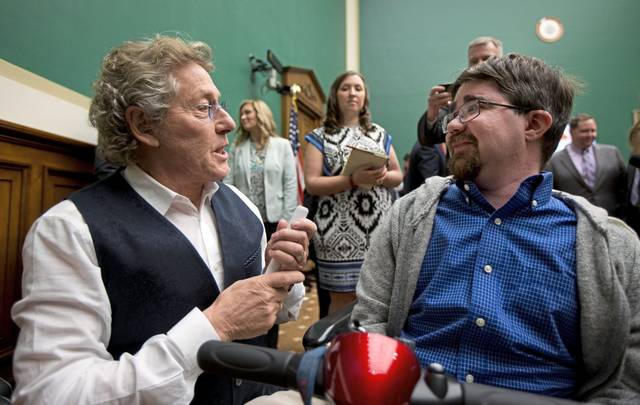Duchenne muscular dystrophy caused by genetic defect
Dear Mayo Clinic: What is Duchenne muscular dystrophy, and what causes it? Is treatment available? Can Duchenne muscular dystrophy be cured?
A: As with all forms of muscular dystrophy, Duchenne muscular dystrophy is caused by a genetic defect. The defect leads to muscle weakness and loss of muscle mass that worsens over time. Medication and physical therapy are used to manage symptoms. Currently, there is no cure.
Muscular dystrophy is an umbrella term applied to a group of muscle diseases in which there is a known genetic abnormality that affects proteins needed to form healthy muscle. Of the more than 30 types of muscular dystrophy, Duchenne is one of the most common.
Symptoms of Duchenne muscular dystrophy often appear in early childhood, usually between ages 3 and 5. They include various problems related to muscle weakness, especially in the legs and pelvis, such as frequent falls, difficulty getting up from a sitting position, trouble with running or jumping and difficulty climbing stairs. Fatigue, muscle pain and muscle stiffness also may affect children who have Duchenne muscular dystrophy.
Shortness of breath and breathing problems can develop as a result of weakening of the heart and breathing muscles. Symptoms of Duchenne muscular dystrophy get progressively worse over time, but how quickly that happens and the severity of symptoms varies.
Harder on boys
Although girls can carry the genetic defect that causes Duchenne muscular dystrophy, its symptoms in girls typically are mild, with many showing no noticeable symptoms. The disease is much more common and more debilitating in boys.
Although it is a genetic disorder, about one-third of boys with Duchenne muscular dystrophy do not have a family history of the disease. That is thought to be due to a new mutation in the gene involved.
Because there is no cure for the disease, treatment for Duchenne muscular dystrophy focuses on easing symptoms and improving quality of life. Corticosteroids, such as prednisone, may temporarily improve muscle strength, but they can trigger significant side effects.
In 2016, the drug eteplirsen was the first medication to be approved by the Food and Drug Administration specifically to treat Duchenne muscular dystrophy. However, its effectiveness is still being studied, and it is only used to treat people with specific mutations in the dystrophin gene.
Exercise helps
Physical therapy is helpful for people with Duchenne muscular dystrophy. A physical therapist can provide guidance on stretches and low-impact aerobic exercise that can help maintain strength, flexibility and mobility.
As the disease progresses, leg braces can provide support to weakened muscles and aid mobility. When respiratory muscles weaken, a sleep apnea device worn during sleep may improve oxygen delivery, making breathing easier.
Research and clinical trials are underway to investigate new ways to diagnose and treat many types of muscular dystrophy, including Duchenne muscular dystrophy. In particular, studies are looking into the role genetics play in this disease and ways to improve detection of muscular dystrophy based on specific genetic abnormalities.
A long-term goal of the research is to develop treatments for muscular dystrophy that are precisely targeted to the genetic defect involved in an individual’s disease.
Remove the ads from your TribLIVE reading experience but still support the journalists who create the content with TribLIVE Ad-Free.

